The Driving Force of Spiritual Powers in World History
7 lectures in Dornach, Switzerland, March 11–23, 1923 (CW 222)
“Historical happenings on Earth can be understood in their reality only when we see them as reflections of what is being enacted in the supersensible, spiritual world between the beings of the higher hierarchies.” — Rudolf Steiner (March 17, 1923)
What is the qualitative difference between the utterance of true and untrue words? Is there one? How about between living and dead thoughts? What is the origin of war and strife among peoples on Earth? How can humanity find a right relationship to the beings of the spiritual world? These are among the compelling questions addressed by Rudolf Steiner in this concise yet powerful series of lectures given in March 1923, comprising this volume of “The Collected Works of Rudolf Steiner.”
In these lectures, Steiner portrays, among other things, the work of various hierarchical beings—both in collaboration and sometimes in opposition to one another—whose activity and strife in the spiritual world is mirrored in the migrations of and wars among peoples on Earth. The clashes between East and West, for example, are thus seen in an entirely new light, heralding a sea change in the approach to history. No longer should events on Earth be viewed as isolated within themselves, but rather as interwoven in a grand, vibrant tapestry formed from the threads that connect humanity on Earth with the activity and aims of exalted spiritual beings.
Humanity has profound potential—for both good and evil. The question is whether we will be able to rise to a renewed form of cognition through which we can once again grasp living spiritual reality, or we will persist in the dead, intellectualized thinking so common today, thinking that (as Steiner points out in the final lecture of this volume), if not transformed, will lead to the gradual destruction of Earth itself.
These lectures are a tour de force that should not be neglected by any serious student of history or the future of humanity and human life more broadly.
Includes 10 color plates
This volume is a translation from German of Die Impulsierung des weltgeschichtlichen Geschehens durch geistige Mächte, Rudolf Steiner Verlag, 1989 (GA 222). Cover Image : Naval Battle of Le Panto (1571), by Luca Cambiasi (1521–1585); at the Royal Monastery of San Lorenzo de El Escorial, Spain.
C O N T E N T S:
Introduction by the Editors
1. March 11, 1923: The human being’s two biographies: the physical and the etheric body, on the one hand, the astral body and the “I,” on the other. The importance of language for the soul development of humanity. The aftereffects of speech during sleep. The need for cultivating understanding with the angels and archangels. The prevention of such understanding through materialism. 1859 as the centenary of Schiller’s birth and the year of the death of true idealism. The feeling for the older generation’s lack of ideals and the emergence of the Youth Movement.
2. March 12, 1923: The relationship of the “I” and the astral body with the elemental beings and the beholding of the hierarchies during sleep. The weakening of our nightly relationship with the spirit world since the fifteenth century. Goethe’s journey to Italy as a consequence of his longing for a right relationship to the archai. Goethe as a whole human being in contrast to the purely head-people of his time and our time. The knowledge of the work of the elemental beings in Paracelsus and in older medicine. The tendency to automatism and passivity as a consequence of today’s education. The demand for education toward inner activity as an impulse of the Youth Movement.
3. March 16, 1923: The rulership of the cosmic thoughts by the hierarchy of the exusiai in the Greek age. The transfer of this rulership to the archai in the fourth century AD as the cause of the change of consciousness in humankind. The revelation of the divine world in the music of sevenths during the Atlantean age. The weakening of this experience in the music of fifths and the transition to the merely human experience in the music of thirds. The ninth as the interval of the Lemurian age and the octave-spanning major and minor third as an expression of the jubilation and lamentation of the gods.
4. March 17, 1923: The confrontation between backward spirits of form and advanced archai. The effects of this confrontation in the historical life of the Middle Ages and the beginning of modern times. Augustine’s spiritual struggle from a supersensible point of view. The spiritual influence of normally evolved and backward archangels, which had an impact on the religious struggles of the Reformation and the Thirty Years’ War. Concrete knowledge of the impulse of spiritual powers as the task of anthroposophy.
5. March 18, 1923: In the past, human beings received thoughts from the spirits of form; in our time, they must develop independent thoughts and moral impulses with the help of the archai—The Philosophy of Freedom as an expression of this changed consciousness. Holding on to the old way of thinking through the work of the backward spirits of form: a basic problem of our time. The theological struggles around the school of Ritschl. The calamity of Woodrow Wilson’s “Fourteen Points” seen from a spiritual point of view. People’s inability to grow old and the resulting discontent of the young.
6. March 22, 1923: Our thinking as a corpse of pre-earthly, living thinking. The inability of such thinking to grasp the sense world—the loss of real cognition. Eduard von Hartmann on epistemological questions. The experience of human life after the age of twenty-eight in earlier cultural epochs. The loss of this experience as a precondition for freedom. The need for an active vitalization of thinking in order to grasp the living content of the world. Effects of poisonous and remedial plant substances in the human etheric organism.
7. March 23, 1923: The human being, experienced as divine imagination, revealed in physiognomy, during the ancient Indian cultural epoch; as divine thought, revealed through weather phenomena at birth, during the Persian epoch; as cosmic being, grasped through calculation of the constellations, during the Egypto-Chaldean epoch; as earthly human being, living in the blood, during the Greek epoch. The characteristic of the present epoch: the human being grows together with the earth through thinking. The task of our age, presented in Wolfram von Eschenbach’s Parzival as the path of the soul from dullness through doubt to blessedness. The possible consequences of the intellectualization of human thought: the destruction of the atmosphere of warmth, the atmosphere of air, and the fluid element of the earth in the fifth, sixth, and seventh cultural epochs.
Facsimile of a Verse by Rudolf Steiner
Editorial and Reference Notes
Rudolf Steiner’s Collected Works
Significant Events in the Life of Rudolf Steiner
Name Index
Rudolf Steiner’s Blackboard Drawings
About the Author
Rudolf Steiner (1861–1925) was born in the small village of Kraljevec, Austro-Hungarian Empire (now in Croatia), where he grew up. As a young man, he lived in Weimar and Berlin, where he became a well-published scientific, literary, and philosophical scholar, known especially for his work with Goethe’s scientific writings. At the beginning of the twentieth century, he began to develop his early philosophical principles into an approach to systematic research into psychological and spiritual phenomena. Formally beginning his spiritual teaching career under the auspices of the Theosophical Society, Steiner came to use the term Anthroposophy (and spiritual science) for his philosophy, spiritual research, and findings. The influence of Steiner’s multifaceted genius has led to innovative and holistic approaches in medicine, various therapies, philosophy, religious renewal, Waldorf education, education for special needs, threefold economics, biodynamic agriculture, Goethean science, architecture, and the arts of drama, speech, and eurythmy. In 1924, Rudolf Steiner founded the General Anthroposophical Society, which today has branches throughout the world. He died in Dornach, Switzerland.

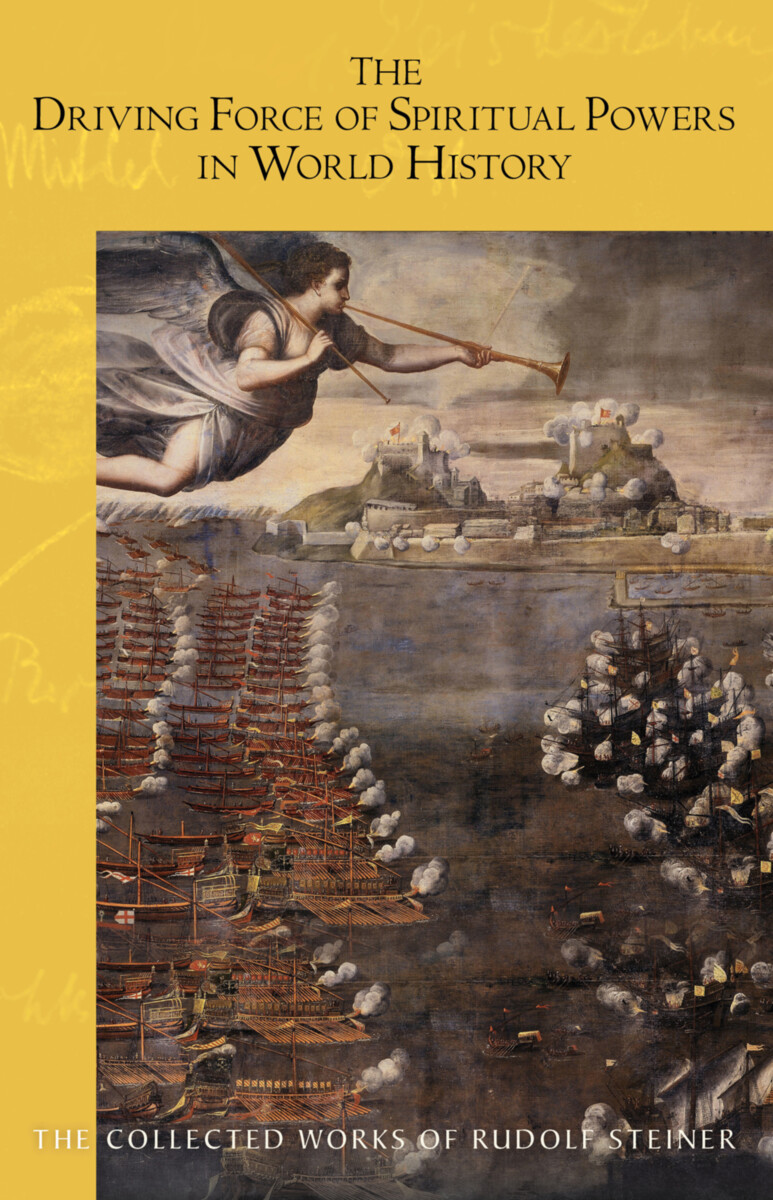

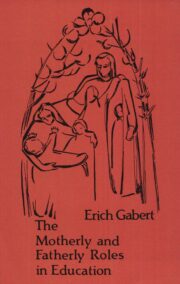
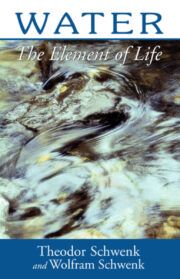

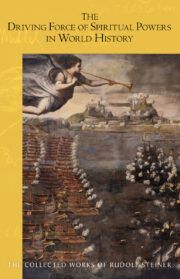
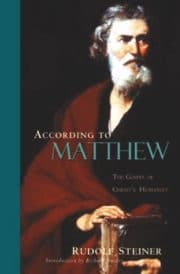

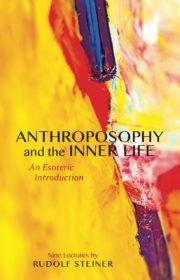


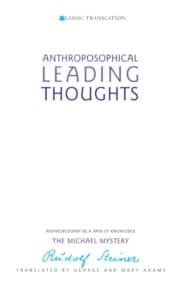

Reviews
There are no reviews yet